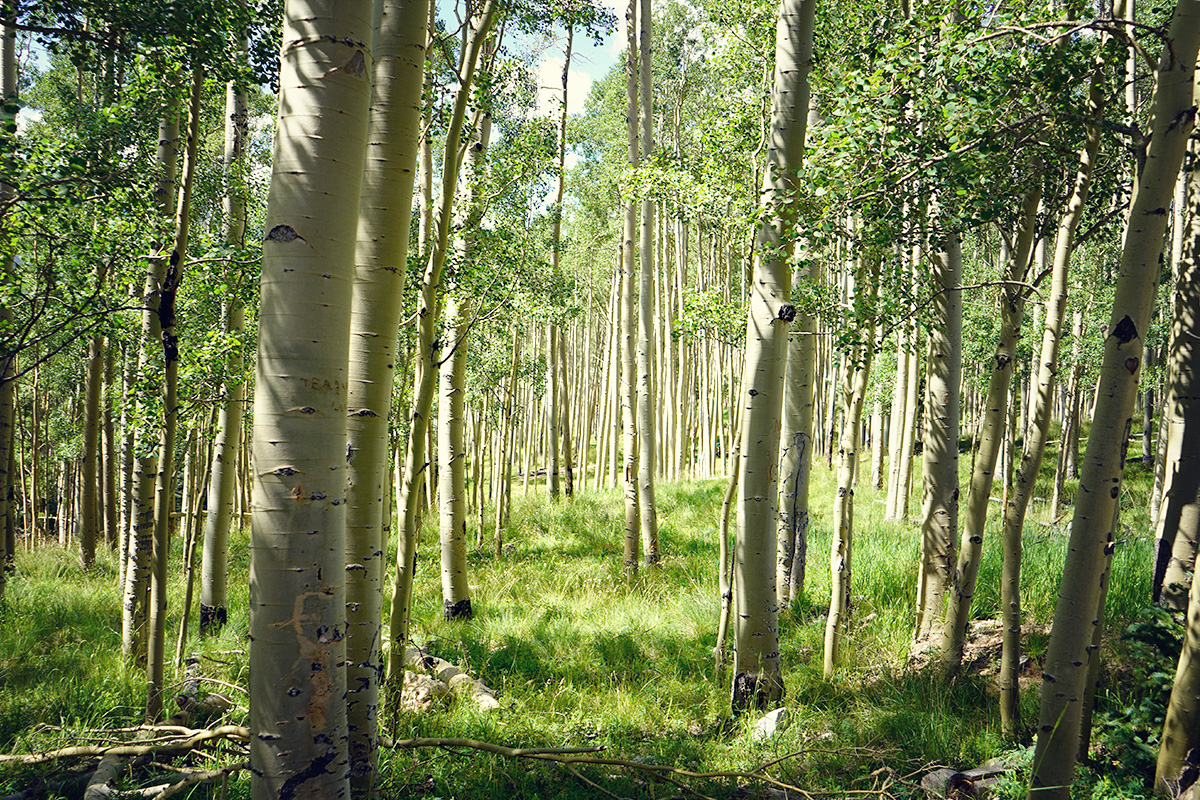In this time of crisis, I am calling for all hands on deck to look at the way our ancestors lived to restore balance and harmony around the world. Technology may exist that can reverse the damage humans have caused, however, I put my faith in nature itself and its ability to always return to balance. I believe it would happen by itself if all destructive systems ceased; and it could be done much faster if we also worked with nature to repair the ecosphere. Permaculture is a lifestyle, even a philosophy of such a way to live. It is the way our ancestors lived.
One benefit of permaculture is that no waste is created. Natural systems are self-fed and self-perpetuating. Permaculture includes regenerative agriculture, a way of growing food that enhances the soil and provides habitat for animals. Permaculture is also about decentralizing people and including ourselves as part of the great web of life, with consideration for future generations. This can be done on a local level, beginning with education in schools, perfection of farming techniques, and preservation of our acequias.
No waste is caused, and all of nature’s gifts — which we call resources — are used as much as possible. A field with swales or channels to hold and spread the rain and mountain water that blesses it will never need chemical fertilizers to maximize yields. No pesticides are needed in this system, as insects are also a blessing. They are a food source for larger creatures, all of which are essential for life in any given ecosystem, essential pieces of the complex puzzle we call the biosphere.
Some of the food we grow will be shared with birds, bees, badgers, and bears. The winged ones help with pollination, the furry ones give nutrients back to the soil and help the mycelium grow.One way bears do this is by scratching trees, opening little dwelling areas in which spores can cultivate. Dr. Paul Stamets discovered that mushrooms are critical to the survival of bees. They help them detox from the ever more pervasive amount of pesticides and herbicides in the environment. We plant the trees and shrubs, the bees pollinate them — 70 percent of our food relies on this. The bears receive nourishment from them and continue to help the bees survive. All predators are essential for the ecosystem because they control the number of those that feed on grasses, allowing a balanced amount of vegetation to reside on a forest floor. Bears, jaguars, and wolves must all be reintroduced to their original habitats and allowed to live in peace.
Rather than caging animals, why not let them roam freely, at least in the expanse of land you care for? Why not grow enough food to save wild animals from starvation? And why would we till a field every year, destroying microorganisms in the soil when we could plant perennials and trees that will feed our grandchildren long after we are gone?
Large trees are needed to provide shade for the lower canopy of fruit producing trees and shrubs. Our wise nursery trees provide support for all the little plant people in the forest, greatly raising the chances of survival for any seedling underneath it. The branches they shed feed mycelium and continue building the soil. Trees love it when chickens scratch and aerate the soil around their roots. When we expand and cultivate such a wonderful space of love as a food forest, many wild animals will visit and bless the area with their presence. The more harmonious, and abundant it becomes, the more rain, and the more animals, will come, adding to the vitality of the area. A forest has enough biodiversity and quality of soil to never need any water other than what falls from the sky. This is a self-perpetuating, self-fed, mutually beneficial system.
I am asking others to commit to planting 100 trees a year. Feel free to reach out if you would like to work together. My email address is sanacionmundo@pm.me


